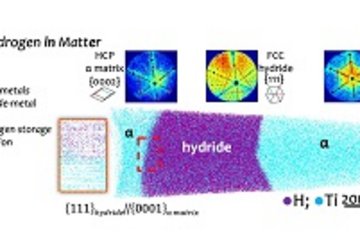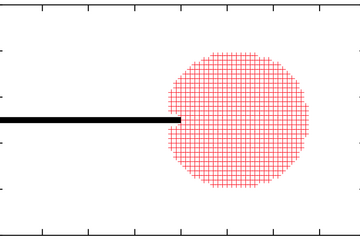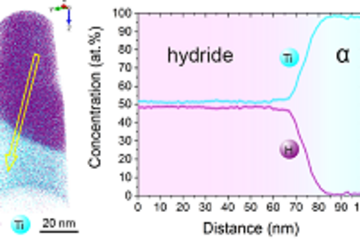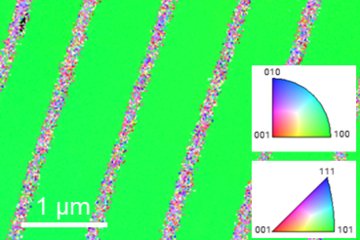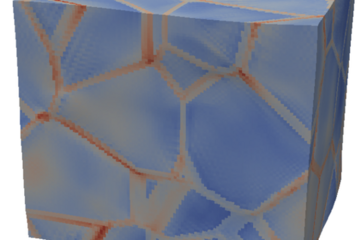All genres
101.
Talk
Tomography investigations of engineering materials. 1st GKSS/DESY Workshop for Mikro & Nano Tomographie, Hamburg (2007)
102.
Talk
Aluminium-Rich FexAly(Siz) Phase Formation in Al/Steel Welds with AlSi Fillers. Euromat 2007, Nürnberg (2007)
103.
Talk
Intermetallic FexAly-Phases in Steel/Al-Alloy Fusion Welds. Euromat 2007, Nürnberg (2007)
104.
Talk
Influence of Microblasting on the Microstructure and Residual Stresses of CVD k-Al2O3 Coated Hardmetals. EUROMAT 2007, Nürnberg (2007)
105.
Talk
In-situ 3D characterization of creep cavities using synchrotron X-ray microtomography. Euromat 2007, Nürnberg (2007)
106.
Talk
Microstructure and Properties of AZ31B Magnesium Alloy Laser Beam Welds. Euromat 2007, Nürnberg, Germany (2007)
107.
Talk
Investigation of creep damage evolution in alloys and composites using synchrotron radiation. 2007 Denver X-ray Conference, Colorado, USA (2007)
108.
Talk
Werkstoffdiagnostik. Michelkreis, Luxemburg (2007)
109.
Talk
Development and Characterization of PM Components with Optimum Properties. PM Training Course, Kosice/Slovakia (2007)
110.
Talk
Mikrostruktur, Textur und Eigenspannungen in Schweißverbindungen aus AZ 31. FA 13 Eigenspannungen der AWT, Forschungsgemeinschaft Werkzeuge und Werkstoffe e.V., Remscheid (2007)
111.
Talk
Wachstumsspannungen und Eigenspannungen in Oxidschichten auf Armcoeisensubstraten. FA 13 Eigenspannungen der AWT, Forschungsgemeinschaft Werkzeuge und Werkstoffe e.V., Remscheid (2007)
112.
Talk
Caracterizacion in-situ en 3D de danos durante creep usando XMT. Jornadas de Investigadoren Iberoamericanos en Ciencia de Materiales, Alicante, Spain (2007)
113.
Talk
Joining of light-weight materials by laser beam welding and friction stir welding. 2nd Alban Conference, Grenoble, France (2007)
114.
Talk
In-situ Untersuchung der Entwicklung der Kriechschädigung in metallischen Werkstoffen. 53.Metallkunde-Kolloquium, Lech / Österreich (2007)
115.
Talk
Werkstoffdiagnostik und Technologie der Stähle am Max-Planck-Institut für Eisenforschung GmbH. MPG Senatssitzung, München, Germany (2007)
116.
Talk
Joining of Hardmetal to Steel by Laser Beam Welding. Verbundwerkstoffe und Werkstoffverbunde, Bremen (2007)
117.
Talk
Neue Möglichkeiten zur Werkstoff- und Schädigungscharakterisierung mit Synchrotronstrahlung. BAM Kolloquium, Berlin, Germany (2007)
118.
Talk
Stahlforschung am MPI. Seminar des Instituts für Werkstoffe, Universität Kassel (2007)
119.
Talk
Applications of Synchrotron Radiation, Neutrons and Ions in Engineering Material Science. SNI 2006, German Conference for Research with Synchrotron Radiation, Neutrons and Ion Beams at Large Facilities, Hamburg (2006)
120.
Talk
SEM and TEM Investigations of (W,Ti)C-(Co,Ni,Fe) Graded Hardmetals. 12. Internationale Metallographie-Tagung, Leoben, Österreich (2006)




